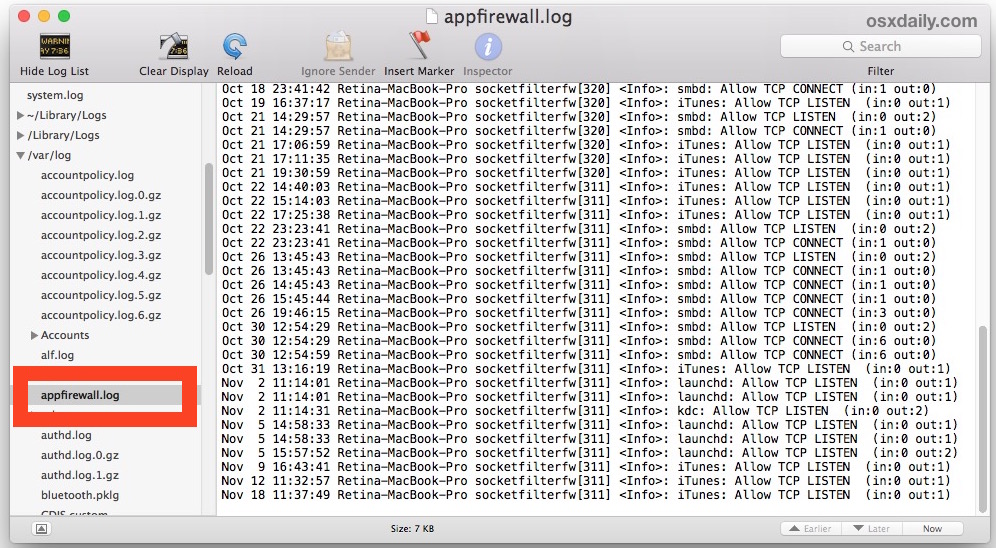

- Mac os firewall use or not mac os x#
- Mac os firewall use or not pro#
- Mac os firewall use or not license#
“/Applications/FileMaker Pro 9/FileMaker Pro.app/Contents/MacOS/FileMaker Pro” For example, to add FileMaker to the list of trusted apps you use something similar to the following, pointing to the binary, not the app bundle: You can also use the command line to add a trusted application using the -t option followed by the path to and then the actual application to be trusted. You can view trusted applications using socketfilterfw with the -l option although the output can be difficult to read and so you can constrain it using grep for TRUSTEDAPPS as follows: When an application is allowed to open or accept a network socket, it’s known as a trusted application – and ALF keeps a list of all of the trusted applications. ALF works not by the simple boolean means of allowing or not allowing access to a port but instead by limiting access by specific applications, more along the lines of Mandatory Access Controls (although not yet using the MAC framework). The socketfilterfw command, in this same directory, is the command that actually allows you to manage ALF. As you can imagine, the settings for ALF can be configured from the command line as well. These will start and stop the firewall daemon (aptly named firewall) located in the /usr/libexec/ApplicationFirewall directory. Launchctl load /System/Library/LaunchAgents/.plist Launchctl load /System/Library/LaunchDaemons/.plist Launchctl unload /System/Library/LaunchDaemons/.plist Launchctl unload /System/Library/LaunchAgents/.plist Stopping and starting ALF is easy enough, whether the global state has been set to 0 or 1, done using launchd. You can also configure the firewall from the command line. You can enable the firewall simply enough by using the defaults command to augment the /Library/Preferences/ file, setting the globalstate key to an integer of 1:ĭefaults write /Library/Preferences/ globalstate -int 1 Instead, you are meant to use the Application Layer Firewall (we’ll call it ALF for short), which is what you configure from the Security System Preference pane. The traditional way is to use ipfw, although this isn’t the default way in 10.5 and above.
Mac os firewall use or not mac os x#
These apps may also sniff or broadcast over your network, copy the configuration details of your Mac, and monitor how you use a particular app.Mac OS X 10.5 and Mac OS X 10.6 have a multitude of ways to keep data from coming or going from a system.
Mac os firewall use or not license#
Premium apps routinely “phone home” to check your license data, but some developers may collect sensitive personal information without your consent.These activities are fine, but if you download a malicious app that secretly logs your keystroke and sends sensitive data to a malicious actor, that’s a problem. Apps partake in activities all the time: your email app downloads new messages, apps periodically check for updates, and Dropbox syncs newly changed files.How can you be sure that all those connections are genuine? Take a look at all the processes in the Activity Monitor > Network tab.But many processes running in the background also send and receive data. Most apps that you use on your Mac have a visible interface and continuously exchange data between your machine and servers located elsewhere.How can an average user utilize outgoing traffic data? Let’s illustrate with some examples.

However, you can monitor outgoing connections as well. The built-in firewall gives you the ability to monitor and block incoming connections.


 0 kommentar(er)
0 kommentar(er)
